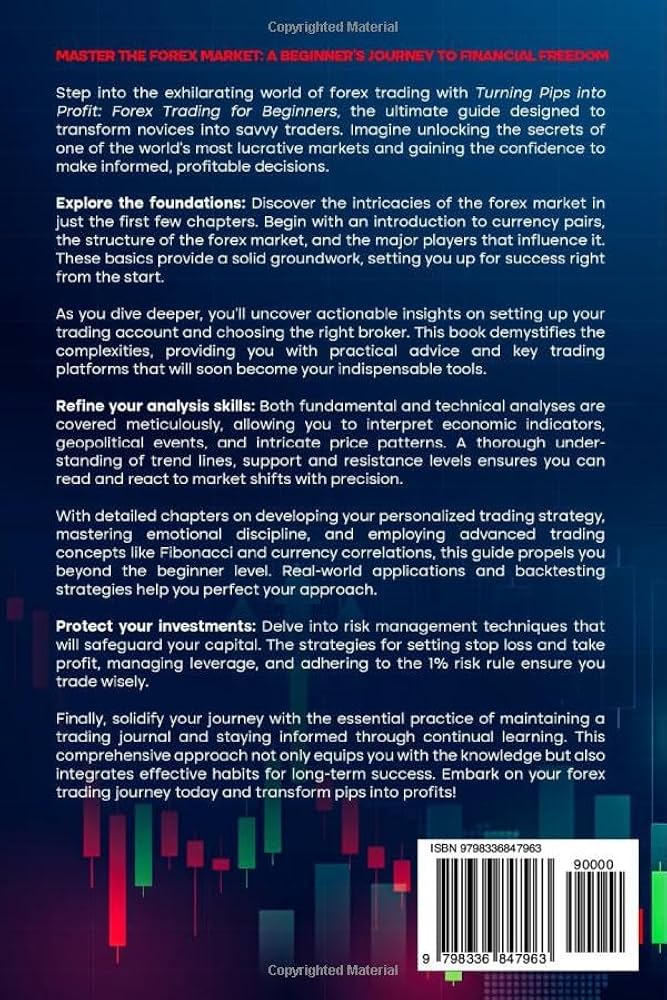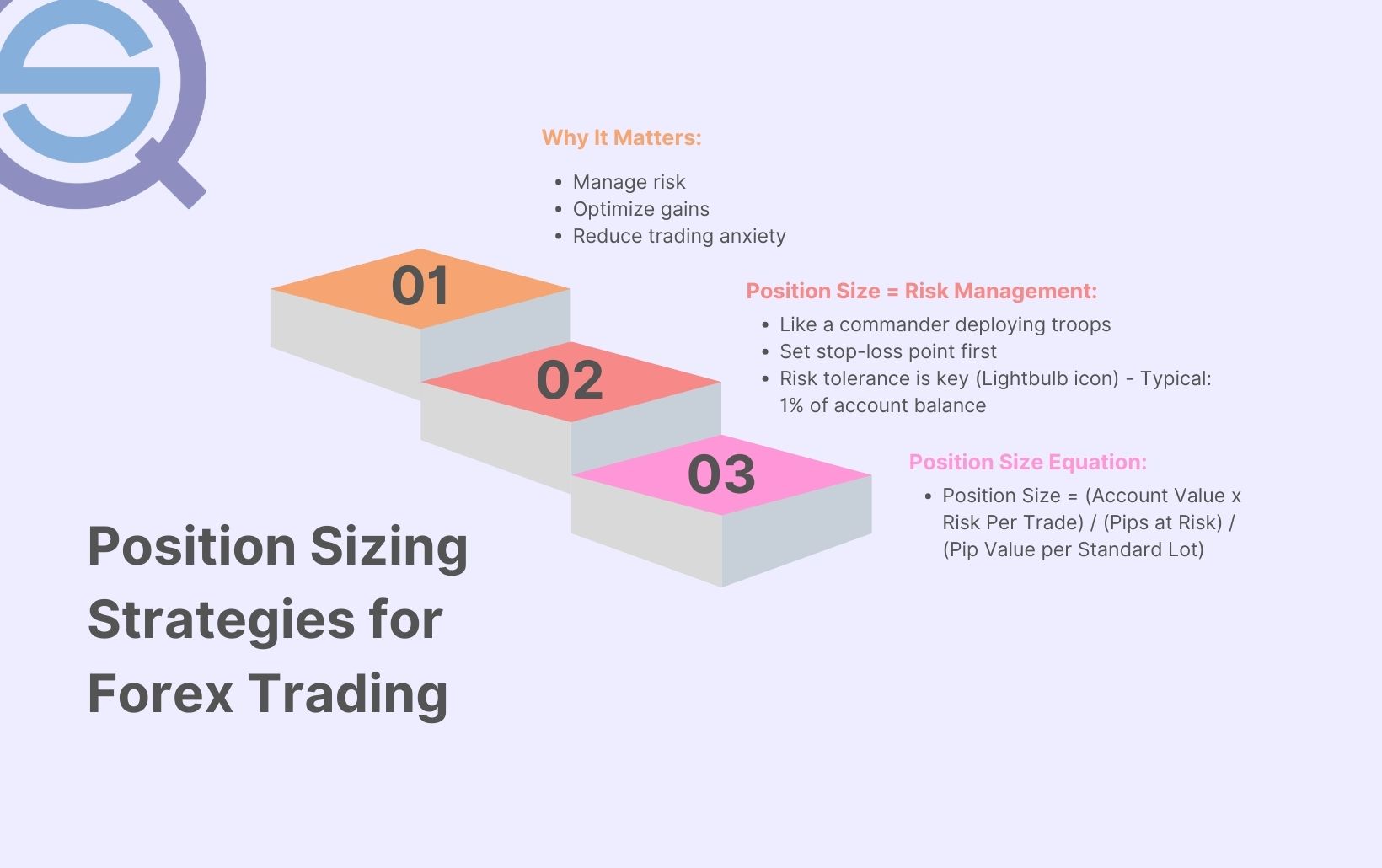Did you know that some traders have more capital in their morning coffee than in their trading accounts? In the world of trading, understanding how much capital to allocate per trade is crucial for success. This article dives into essential questions like how to determine the right trade size, the ideal capital allocation, and the risks of overcommitting funds. We’ll explore whether to risk a fixed dollar amount or a percentage, the impact of leverage, and how trading strategies can shape your capital use. Additionally, we’ll discuss managing capital during market volatility and the importance of stop-loss placement. With insights from DayTradingBusiness, you'll learn to optimize your trading capital effectively and avoid common pitfalls.
How much capital should I allocate for each trade?
Use 1-2% of your total trading capital per trade to manage risk effectively. If you have $10,000, this means risking $100-$200 on each trade. This approach helps protect your account from big losses and keeps you in the game longer.
What percentage of my total capital should I risk per trade?
Risk 1-2% of your total capital per trade.
How do I determine the right trade size for my account?
Determine your risk tolerance first—usually 1-2% of your account per trade. Calculate your stop-loss distance and multiply it by your position size to stay within that risk. Use a trading calculator or formula: position size = (account balance × risk percentage) / (stop-loss amount). For example, if you have a $10,000 account and risk 1%, that's $100. If your stop-loss is $50 away, you trade 2 contracts or units. Adjust trade size based on your risk comfort and stop-loss distance.
What is the ideal amount of capital to use per trade?
Use 1-2% of your total trading capital per trade. This limits risk and preserves your account during losses. Avoid risking too much on a single trade to stay financially safe.
Should I risk a fixed dollar amount or a percentage?
Use a percentage of your trading capital, typically 1-2%, to manage risk and protect your account from big losses. Fixed dollar amounts can be risky if your account size fluctuates, as they don’t adapt to your portfolio’s size. Percentages scale with your account, making your risk consistent and easier to control.
How does my trading capital affect risk management?

Your trading capital determines how much you can risk per trade; larger capital allows for bigger position sizes but also requires stricter risk controls. Using too much capital on a single trade increases potential losses and risks blowing your account, while smaller capital limits exposure but may limit profit potential. Proper risk management means risking a consistent, manageable percentage of your capital—usually 1-2%—to protect against large losses. As your capital grows, you can adjust position sizes accordingly, but always keep risk levels proportional to avoid overexposure.
What are the risks of using too much capital per trade?
Using too much capital per trade increases the risk of significant losses if the trade goes against you. It can wipe out your account quickly, especially with high leverage or volatile markets. Overcommitting funds also reduces your ability to diversify and manage risk effectively. If a single trade fails, it can derail your entire trading capital, making it harder to recover.
How can I calculate the optimal trade size?
To calculate the optimal trade size, determine your risk tolerance—usually 1-2% of your total capital per trade. Then, identify your stop-loss distance in dollars or pips. Divide your risk amount by the stop-loss size to find the position size: trade size = (total capital × risk percentage) / stop-loss distance. This ensures you risk only a small, controlled portion of your capital on each trade.
How does leverage impact my capital per trade?
Leverage increases your buying power, allowing you to control larger positions with less capital, but it also reduces your capital per trade by amplifying potential losses. Higher leverage means your initial capital on each trade shrinks, making each position riskier. If the trade moves against you, your capital per trade diminishes faster, risking margin calls or account depletion. Use leverage wisely to avoid eroding your capital quickly; it doesn’t increase your actual capital, only your exposure.
What is the recommended capital allocation for beginner traders?
Beginner traders should start with 1% to 2% of their total trading capital per trade. This limits risk and helps preserve capital while learning. For example, if you have $10,000, risk no more than $100 to $200 on each trade.
How do trading strategies influence how much capital I should use?

Trading strategies determine the amount of capital you should use per trade by assessing risk and position size. Conservative strategies require less capital per trade to limit losses, while aggressive ones may involve larger positions for bigger gains. Your strategy’s risk tolerance, stop-loss levels, and expected return shape the capital allocation. Properly matching your trading approach ensures you don’t overextend or undercapitalize, maintaining sustainable growth.
Learn about How Insider Trading Differs from Regular Trading Strategies
Can using too little capital per trade limit my profits?
Yes, using too little capital per trade can limit your profits because smaller positions restrict potential gains and reduce overall return on investment. When you risk less, even a successful trade yields smaller absolute profits, making it harder to grow your account significantly over time. Proper capital allocation allows you to maximize profit opportunities without overexposing yourself to risk.
How do I adjust capital per trade during market volatility?
Reduce your capital per trade during market volatility by cutting your position size. Use a smaller percentage of your total capital—often 1-2%—to limit risk. Adjust the dollar amount based on increased market uncertainty, lowering it when volatility spikes. This helps protect your account from large swings and keeps risk manageable during unpredictable times.
What role does stop-loss placement play in capital allocation?

Stop-loss placement controls risk per trade, shaping how much capital you allocate. Tight stops limit potential losses, allowing for larger position sizes; wide stops reduce the amount of capital at risk but may require smaller trades. Proper placement ensures you don’t overextend your capital on a single trade while maintaining enough flexibility to capitalize on opportunities. It balances risk management with effective capital allocation, preventing big losses from wiping out your trading funds.
How should I vary my capital use across different trading instruments?
Use only 1-2% of your total capital per trade to limit risk. Adjust your position size based on the volatility and liquidity of each instrument—smaller positions for volatile assets like cryptocurrencies, larger for stable ones like blue-chip stocks. Diversify your capital across different instruments to balance risk and avoid overexposure. Consider the trading costs and leverage—less leverage means you can allocate more capital safely. Tailor your capital allocation to your trading strategy and risk tolerance, ensuring no single trade or instrument can wipe out your account.
Conclusion about How Much Capital Should I Use per Trade?
In conclusion, determining the right amount of capital to allocate per trade is essential for effective risk management and long-term success in trading. By understanding the percentage of your total capital to risk, calculating optimal trade sizes, and considering factors like leverage and market volatility, you can create a robust trading strategy. Remember, the aim is to balance risk with potential reward while ensuring that your capital allocation aligns with your overall trading goals. For more in-depth insights and tailored guidance, DayTradingBusiness is here to support your trading journey.